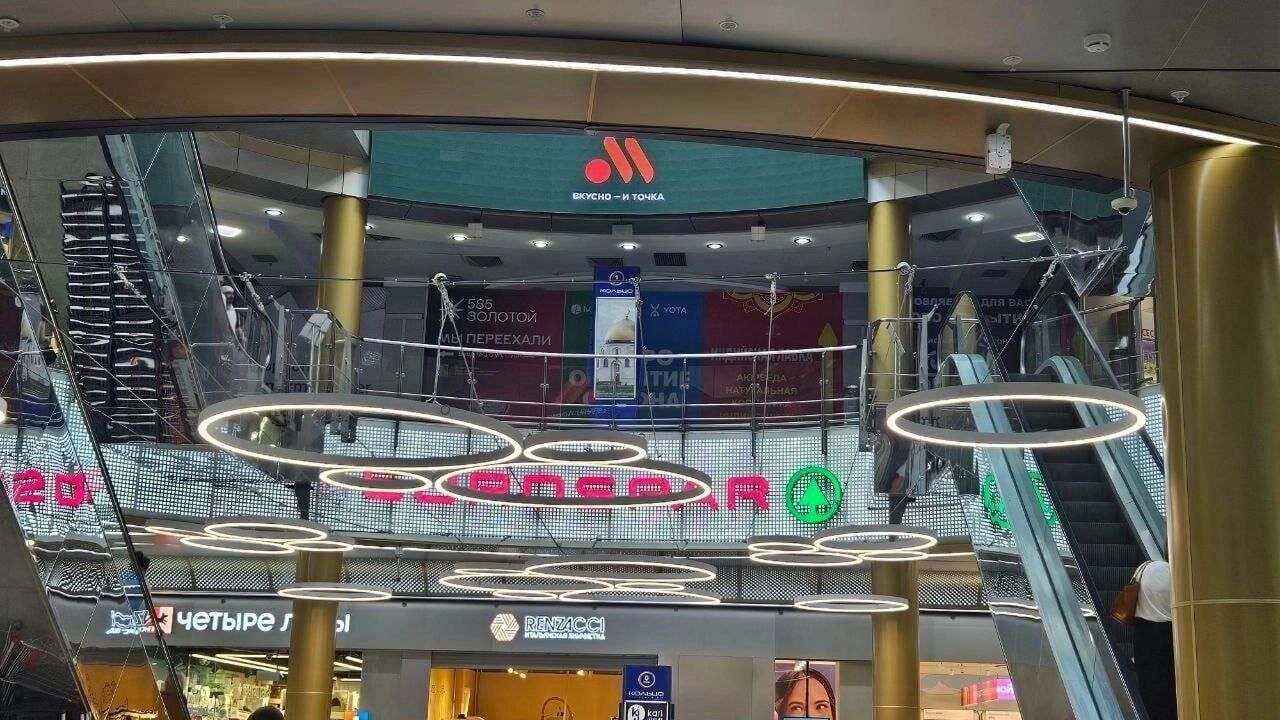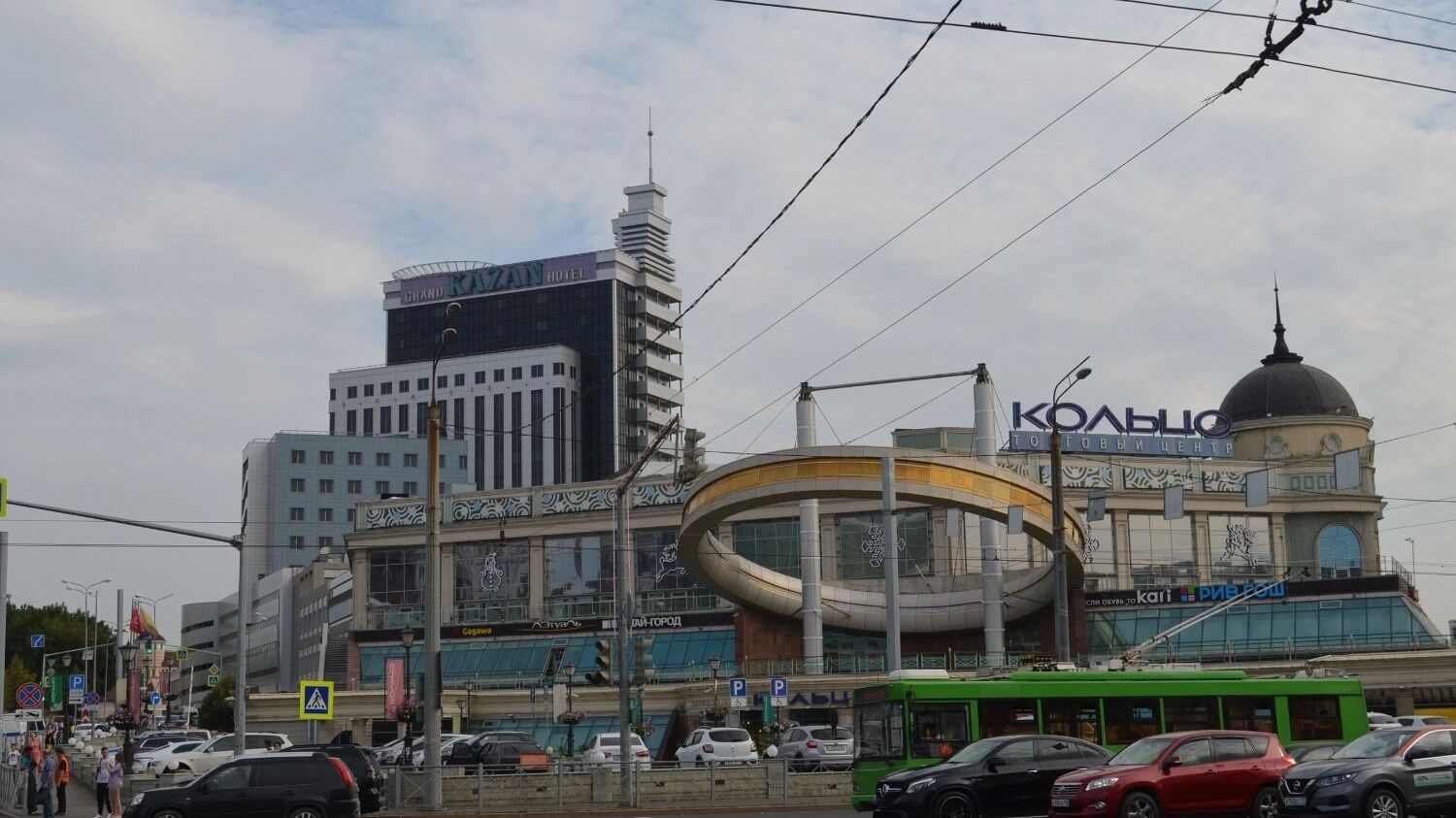The large-scale renovation project of the “Ring” shopping and entertainment center—one of the most controversial buildings in Kazan—has been lost in bureaucratic approvals, but work is underway inside. The city has been promised updated interiors, though no timeline has been given. Here’s what the mall will look like.
The phrase “Let’s meet at the ‘Ring'” is familiar to anyone who has lived in Kazan for more than 15 years. Once, the mall, built in 2006, was indeed one of the main meeting spots for leisurely outings—people would wander from store to store, teenagers spent hours at the food court, and everyone gathered at the cinema.
The architectural design of the “Ring”—now referred to as “capitalist romanticism”—sparked lively debates among both locals and visitors. The building made it onto lists of Russia’s ugliest structures. Locals, accustomed to its unusual shape, chuckled, while tourists came to gawk. Eventually, everyone agreed that something needed to change.
Drunkenness, Stench, and Leaks: The State of the Mall Before Renovation
The “Ring” belongs to the Khayrullin family. The late State Duma deputy and billionaire Airat Khayrullin, who died in a helicopter crash, reportedly invested $70 million in the mall and the development of the “Edelweiss” store chain. Among those managing the business empire were his brother Ilshat and son Adel—now a deputy in the Kazan City Council.
In December 2022, the last “Edelweiss” store in Kazan, located in the “Ring,” closed. It was replaced by SPAR, which undoubtedly boosted foot traffic. That same year, the mall lost its “Karo” cinema—the company did not comment on the reasons for leaving. However, reports suggested the lease expired, and visitors were spending less in the mall than the landlord wanted.

The building’s condition in recent years has drawn complaints. Employees of shops and food outlets inside have criticized the state of utilities. The roof has leaked multiple times. Visitors have complained about restroom odors, calling it a “permanent issue” for the “Ring.” Externally, things aren’t perfect either—parts of the facade have fallen off, though mall representatives claim it was planned.
Staff have also pointed to a lack of security to handle unruly visitors. In 2025, the problem became especially apparent when a roof climber scaled the building. Visitors reported encountering drunk security guards.
Close to Historic Architecture: What Was Planned for the “Ring”
Discussions about renovating the building began over a decade ago. In 2019, the decision to rebuild was made, and the owners shared proposed redesigns—locals were invited to vote for their favorite. The winning concept came from Heads Group. The chief architect of Kazan Ilsia Tukhvatullina noted that it was the only design close to the historic Mazurovsky Rooms, demolished during the “Ring’s” construction. This aligned with the vision of the republic’s head, Rustam Minnikhanov, who personally approves or rejects urban development projects.
Experts were far more critical, with some calling the current “Ring” a mistake and the renovation plan an exacerbation. Locals also had questions—the winning concept suggested the facade would expand onto the current ground-level parking lot. Despite skepticism that “whatever the ‘boss’ wants will be built,” the renovation project was approved by 2023. However, in 2024, reports emerged that reconstruction was postponed again. Talks about changing the building’s appearance ended when several stores left due to sanctions, and renovation plans were shelved.






